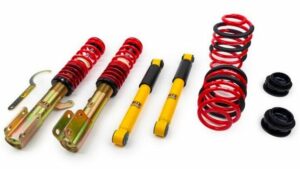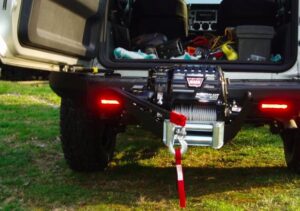It’s inevitable. Sooner or later, every driver gets stuck in a traffic jam. Unfortunately, traffic can drag on for a long time. If you are thinking of buying a truck, you should know that, although driving a large vehicle is not easy, you can cope with the situation if you take some factors into account.
If you’re looking for some tips on how to drive a lifted pickup truck, then read on. It’s not as easy as it looks; trust me I know because I’m the one who has to get it out of impossibly tight parking spaces! But if you want your truck to be stylish and extra cool like mine (ahem), these are the tricks of the trade that might help.
Driving a lifted truck in traffic is not the most fun thing. But it is a much better experience than being in a lowered sports car with a heavy clutch. Regardless you will need to monitor and practice certain aspects that keep you safe and driving in comfort.
Table of Contents
1. Keep A Safe Distance
One of the most common factors that usually cause accidents in a traffic jam is not keeping a safe distance from other vehicles. When driving in traffic, it is very important to stay far enough away from the car in front of you.
This allows you to have enough response time to brake properly and not hit other vehicles, especially if it is a sudden stop. Ideally, you should pause for three seconds between the time the vehicle in front moves forward and the time you move to the front. That way, you will have a good safe distance.
On the other hand, it is important to consider the weather factor. If it is raining, the brakes may be less effective, causing the truck to skid slightly. Therefore, keeping a good distance from the vehicle in front becomes even more necessary.
2. Reduce Speed Further Out
If you are approaching a traffic jam or a high-traffic area, it is best to slow down driving a lifted truck. This way, you’ll let the drivers behind you know that they should slow down too. In addition, you will use less fuel and avoid premature tire and brake wear.
Once you find yourself in a heavy traffic zone, we recommend that you do not overuse the clutch pedal and only use it when it is really necessary, which is when stopping the vehicle. In order to keep damage to the clutch system to a minimum, avoid keeping the clutch pedal depressed.
If you notice that vehicles ahead begin to move or traffic begins to dissipate, do not accelerate suddenly. You never know what kind of traffic jam may await you meters ahead.
3. Don’t Change Lanes When Not Necessary
Even more important, you should avoid changing lanes while stuck in traffic. This is not recommended for any regular car, but it is very dangerous in trucks. Because of the sheer volume of the vehicle you are driving, you can impact the cars around you.
Thus, you could end up being the reason traffic gets worse. In the event, it becomes necessary to move into another lane, do so slowly and alert other drivers to what you are about to do.
On the other hand, when driving in traffic, you should avoid the famous “accordion effect”. This usually occurs when a vehicle begins to change lanes suddenly and repeatedly, does not drive carefully, and does not maintain the minimum safe distance from other cars.
This usually causes other drivers to start imitating this behavior, which usually triggers the “accordion effect” and often results in serious collisions.
4. Anticipate Risky Situations
Driving a lifted truck in a traffic jam requires concentration and alertness. The road will be full of cars with an irregular traffic flow. Because of impatience, some of the drivers may try to change lanes, which adds chaos and creates dangerous situations.
Therefore, you should keep both eyes on the road and pay special attention during the moments when vehicles start moving. Since you are in the cab of a truck, you can use your elevated position to anticipate any type of situation or activity.
That way you have some time to react appropriately. In addition, you should check your rearview mirrors constantly. These are indispensable accessories for monitoring vehicles behind you.
5. Stay Relaxed & Drive Copacetic
For most drivers, being stuck in traffic involves a certain degree of stress, due to the uncertainty of not knowing when the vehicles ahead will start to move forward. The best way to deal with a situation as uncomfortable as a traffic jam is to stay relaxed.
Yes, it is difficult and most people give in to emotions and anger. However, this can be counterproductive, since emotions limit the precision with which we drive the vehicle and the result can be an accident. The ideal is to remain calm.
Now you know how to drive a truck in traffic more safely. While there is no magic formula for getting out of a traffic jam, these tips will help you deal with this situation in the best way.
What Are The Benefits Of Driving A Lifted Pickup Truck?
A 2wd truck is not going to get you much benefit in looks or performance whatsoever. The only benefit would be a little bit of ground clearance and I would say model-specific modifications i.e. tire size and style.
Now if it were a 4×4 then you start getting into a whole different adventure that can range from extremely fun to extremely dangerous depending on your setup. With a 4×4 you are going to get substantially more ground clearance, the “fancier” and more expensive modifications come from this such as long travel suspensions, larger tires(33’s+), body armor, lockers, and so on.
A lifted truck is not just about looks, it is about performance, high-speed handling, and a general feeling of “badass”. People usually want to lift their trucks because they are looking for that “kick in the pants” when everyone else is driving stock trucks and we can’t blame them. Most people do it for looks but there are performance benefits as well.
The basics of getting lifted are simple, all you do is get some new suspension and replace the stock stuff with more capable parts from a reputable lift/suspension manufacturer.
For example, if you want to easily lift your truck 4″ then go buy an add-a-leaf kit or install some coil spacers that will give you 4″. Whatever options are available for your particular make and model of truck, you can bet that there are simple ways to get lifted.
Main Takeaways – Safely Driving A Lifted Truck
There are a few things to consider before driving your lifted truck.
First, it’s important that you don’t go too fast. It may feel like the higher speeds give you more control over your vehicle but they actually do the opposite and make it harder for you to steer because of all the extra weight on top of an already tall frame.
Second, be sure not to exceed 45 mph so as not to put excess strain on suspension parts or break any axle shafts if there is no load in the back (which would weigh down the front).
Third, keep in mind how much fuel cost will increase with this type of driving – about $0.50 per mile at 60 miles-per-hour instead of 25 miles-per-gallon. And finally, use caution when determining how much to lift. You may just want a little lift and your truck will be well-suited at this height.
Let’s say you have a friend who wants to know if it’s possible to lift a 2wd truck using only the body and not the frame. Here are some points to help you figure out an answer:
A 2wd truck doesn’t have a body as much as it has a cab, fenders, and bed. The frame is the main supporting member for everything else. So even if you can lift the body high enough to gain ground clearance at the tires, there will be no way to get under it unless you completely cut the frame.
Let’s say we agree to lift only the bed and leave everything else at stock height (no cutting involved). Is this possible? Well, as much as my research shows, a 2wd truck has the frame rails going across under the bed so lifting it will most likely result in the tires hitting the frame.
In a 4wd truck, there’s an extra cross member (the transfer case) that is at about the middle of the bed (under where the spare tire lives). So is it possible to lift only a 4wd and not touch the frame?
The answer depends on whether this cross member supports the whole bed or only the tongue end where it meets the frame. If it’s like the picture above (I couldn’t find any 4wd truck free of a bed), then you’re going to have to cut the frame. But if it’s possible this way, I would say go for it!
Thanks for reading and stay dirty

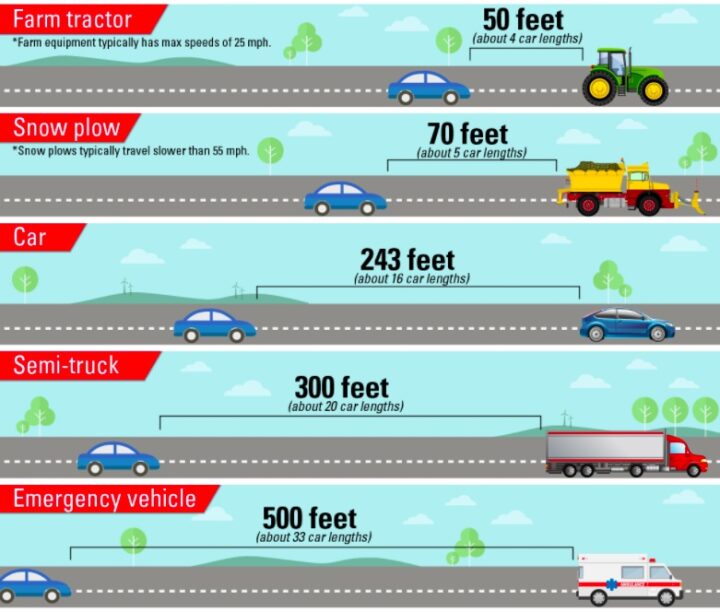

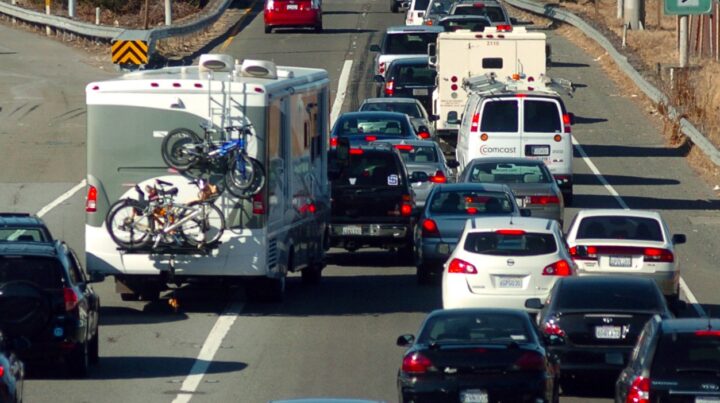
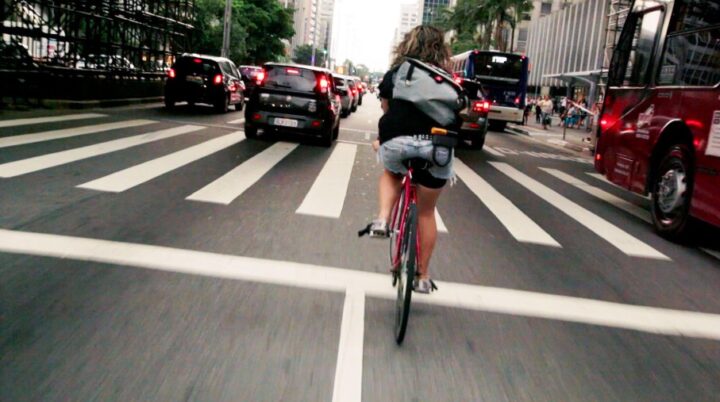

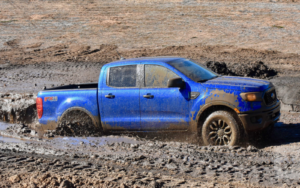
![The 16 Most Aggressive All Terrain Tires [2022] reall aggressive all terrain tires on a Jeep](https://149868043.v2.pressablecdn.com/wp-content/uploads/2020/03/slide1-e1585156691843-300x150.jpg)
